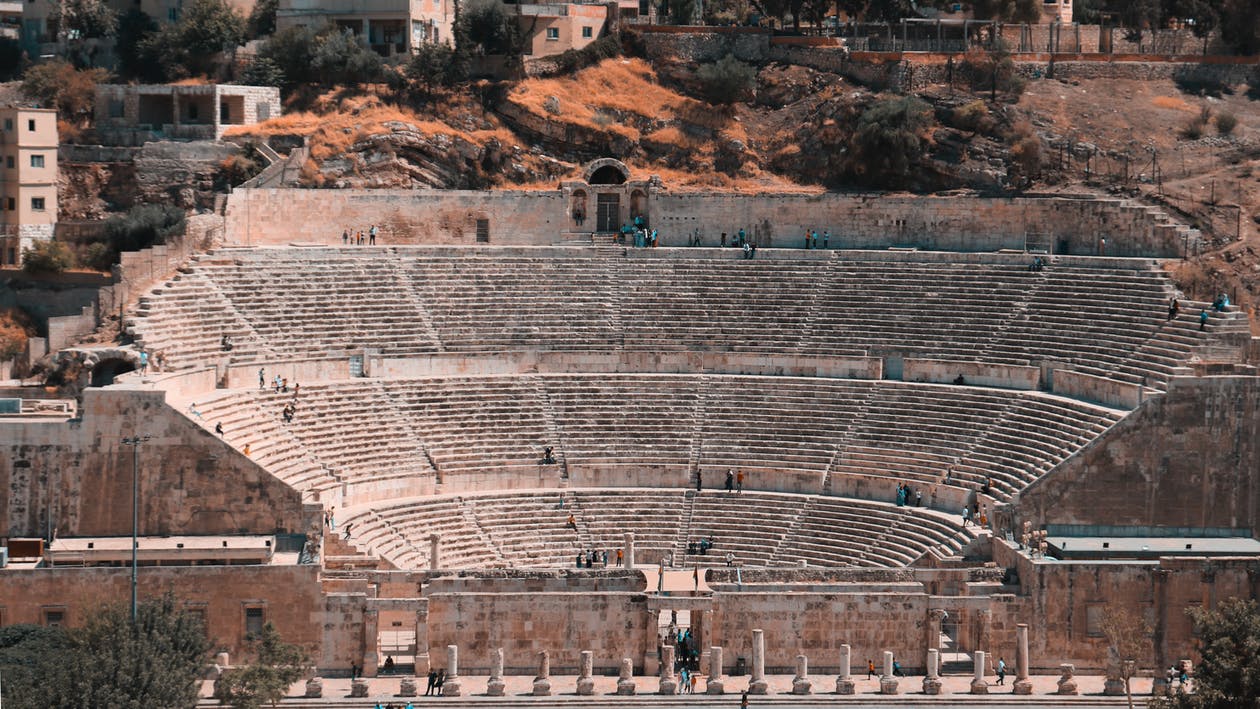
Jordan Tour Operator Travel to Jordan with Exploring Tourism for the best possible travel experience. Together with an experienced travel agent, Jordan, he offers travel packages tailored to your needs and budget.
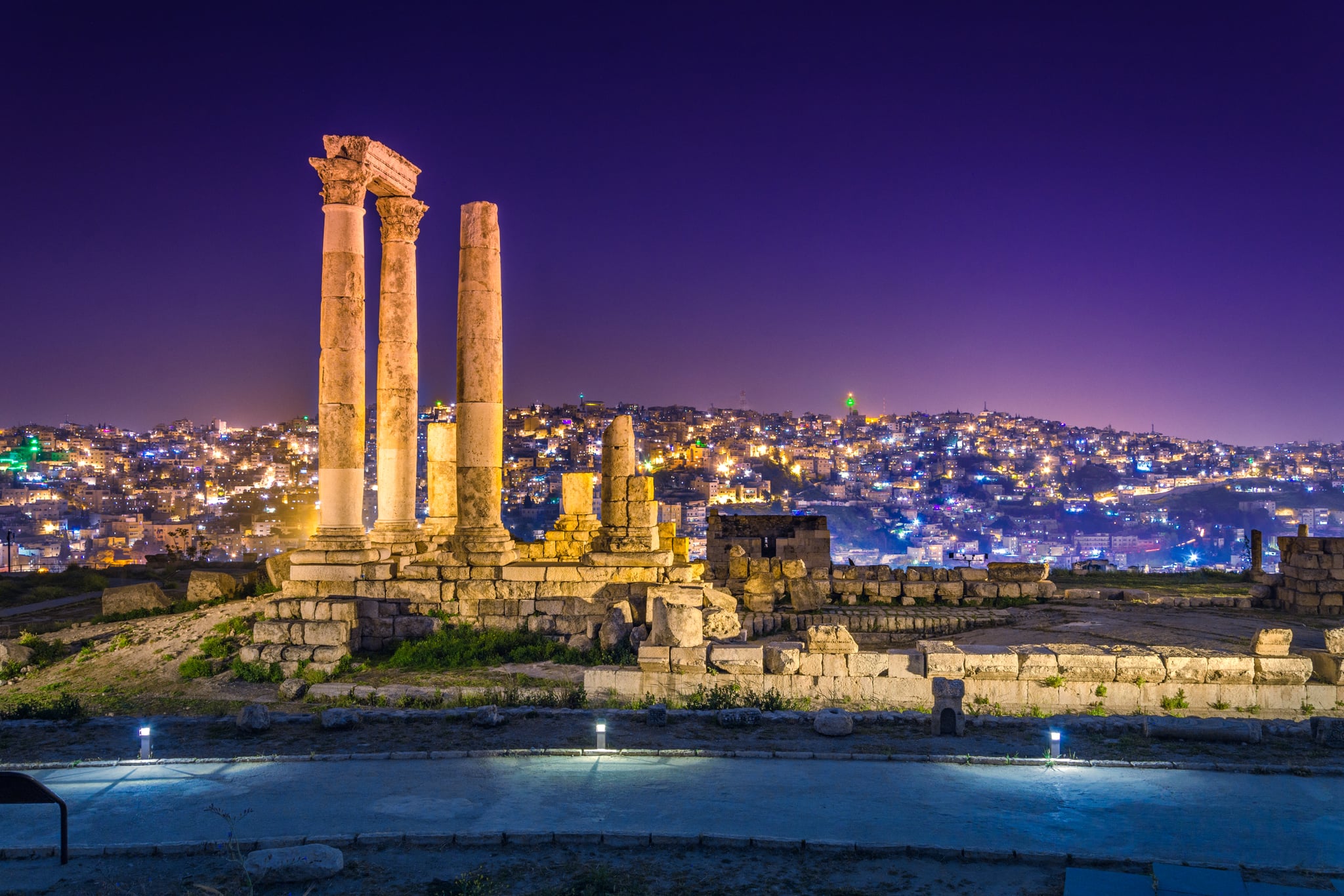
The Travel Jordan Agency team prides itself on its extensive knowledge of the local Jordanian atmosphere. Here at Jordan mw, we are committed to providing the best service and experience to serve travelers from all over the world,
across cultures and religions, including travelers with additional needs. Over the years, Jordan mw Tours has developed a variety of travel styles and itineraries to suit a wide range of travelers.

The King Abdullah I Mosque, also known as the King Hussein Mosque, is one of the most prominent and significant mosques in Amman, the capital of Jordan. It holds a special place in the hearts of Jordanians and is a symbol of the country’s commitment to its Islamic heritage and cultural identity.
Here are some key details about the King Abdullah I Mosque in Amman:
- Architectural Splendor: The mosque is known for its striking and modernist architectural design. It was designed by the renowned architect Abdel-Wahed El-Wakil and was completed in 1989. The mosque’s overall design is a blend of traditional Islamic and contemporary architectural elements.
- Location: The King Abdullah I Mosque is located on the Jebel Al Weibdeh hill, offering panoramic views of Amman. Its elevated position makes it a prominent landmark visible from various parts of the city.
- Size and Capacity: The mosque is one of the largest in Jordan and has the capacity to accommodate thousands of worshippers. Its main prayer hall is particularly spacious and beautifully decorated.
- Dome and Minarets: The mosque’s central dome is a notable feature, and it is adorned with intricate geometric patterns. There are several minarets, one of which is particularly tall and serves as a visual focal point.
- King Abdullah I: The mosque is named after King Abdullah I of Jordan, who was the founder of the modern Hashemite Kingdom of Jordan. King Abdullah I is highly regarded for his role in Jordan’s history and his commitment to the country’s Islamic heritage.
- Islamic Art and Calligraphy: Inside the mosque, you will find stunning examples of Islamic art and calligraphy, including verses from the Quran and decorative motifs.
- Open to Visitors: While the mosque primarily serves as a place of worship, it is open to visitors, including tourists. Visitors are encouraged to dress modestly and respectfully when entering the mosque.
- Peaceful Surroundings: The mosque’s location on Jebel Al Weibdeh provides a peaceful and serene atmosphere, making it a lovely place for contemplation and relaxation.
- Religious Services: In addition to regular daily prayers, the mosque hosts religious services and events, particularly during Islamic holidays and special occasions.
The King Abdullah I Mosque is not only a significant religious site but also a cultural and architectural landmark in Amman. It reflects Jordan’s commitment to its Islamic heritage while embracing modern architectural design principles. Visitors to Amman often appreciate the mosque’s beauty and historical significance.
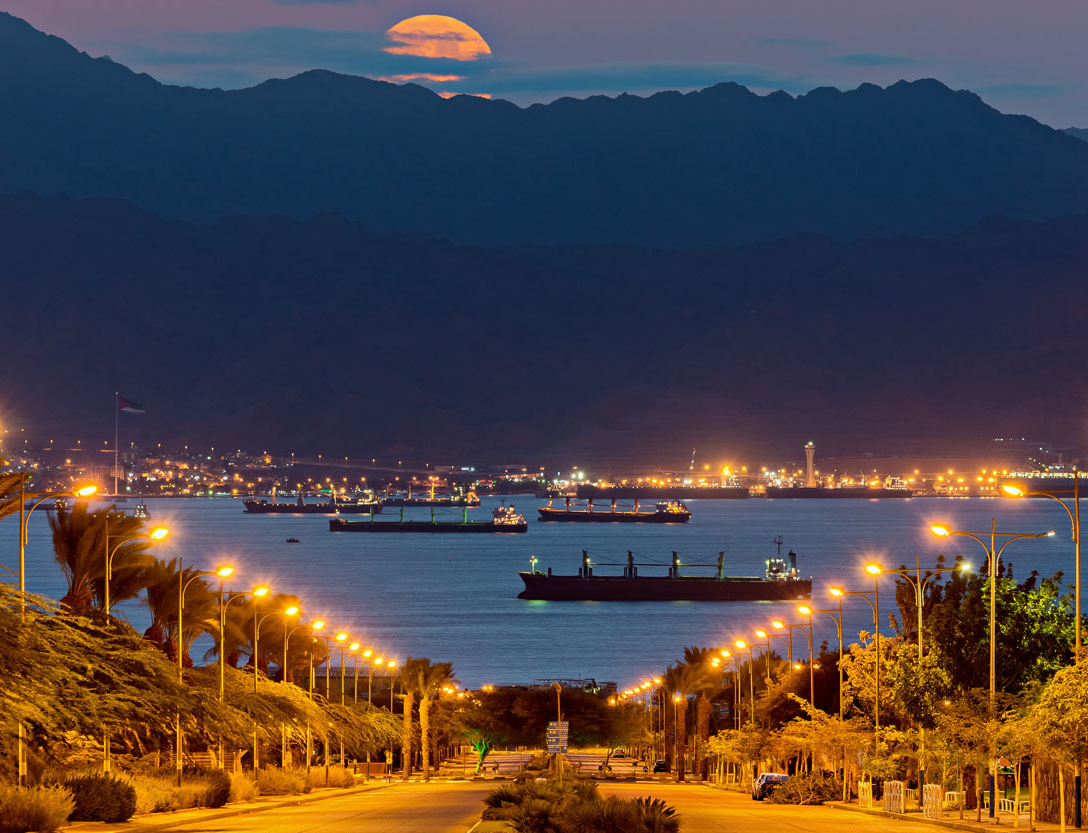
Each Jordan mw Tour itinerary has been carefully crafted to provide you with an unforgettable base travel experience. Whether you’re a solo traveler or traveling as a group, here at Jordan MW Tours we’ll make your trip a memorable one. Whether you are planning to travel to Jordan or beyond, Atlas Tours has the perfect package for you.
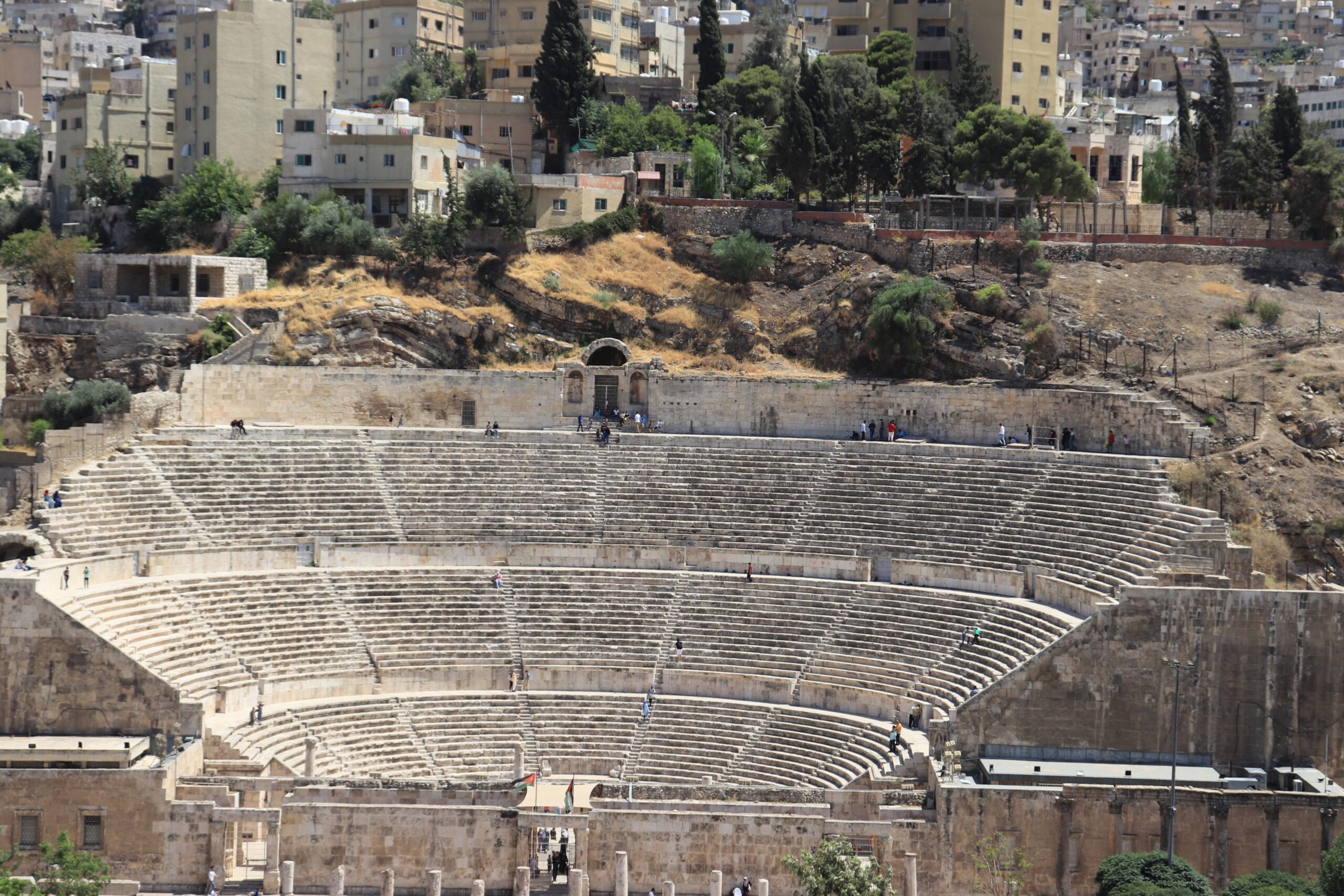
The Romans had a significant presence in Jordan for several centuries, which spanned from the 1st century BCE to the 7th century CE. This period of Roman influence in Jordan is often referred to as the Roman era, and it brought about significant changes in the region’s culture, architecture, and governance. Here’s a rough timeline of the Roman presence in Jordan:
- 1st Century BCE: The Roman Republic and the Roman Empire began to expand into the eastern Mediterranean region, including what is now Jordan. The region came under Roman influence during the late 1st century BCE.
- 1st Century CE: Jordan was incorporated into the Roman Empire as part of the province of Arabia Petraea. The ancient city of Petra, which was the capital of the Nabataean Kingdom, became a major trading hub under Roman rule.
- 2nd Century CE: During the 2nd century, the Romans constructed several cities and settlements in Jordan, including Jerash (Gerasa) and Philadelphia (modern-day Amman). These cities thrived as Roman provincial centers.
- 3rd Century CE: The region continued to prosper under Roman rule, with the construction of roads, fortifications, and various architectural projects.
- 4th Century CE: Christianity began to spread in the region, and several Christian communities were established in Jordan. The town of Madaba is known for its ancient Christian mosaics.
- 5th Century CE: The region remained under Roman control during the early 5th century, but as the Roman Empire declined, it faced increasing pressure from various external forces, including the Sassanian Empire.
- 7th Century CE: By the 7th century, the Islamic conquests had reached the region, leading to the gradual decline of Roman influence. In 635 CE, the Islamic forces under Caliph Umar ibn al-Khattab captured Jordan, marking the end of the Roman era in the region.
While the Romans ruled Jordan for several centuries, it’s important to note that their influence waned over time, and by the 7th century, the region had transitioned to a new era under Islamic rule. However, the Roman legacy is still visible in the archaeological sites, historical landmarks, and cultural elements found in Jordan today.
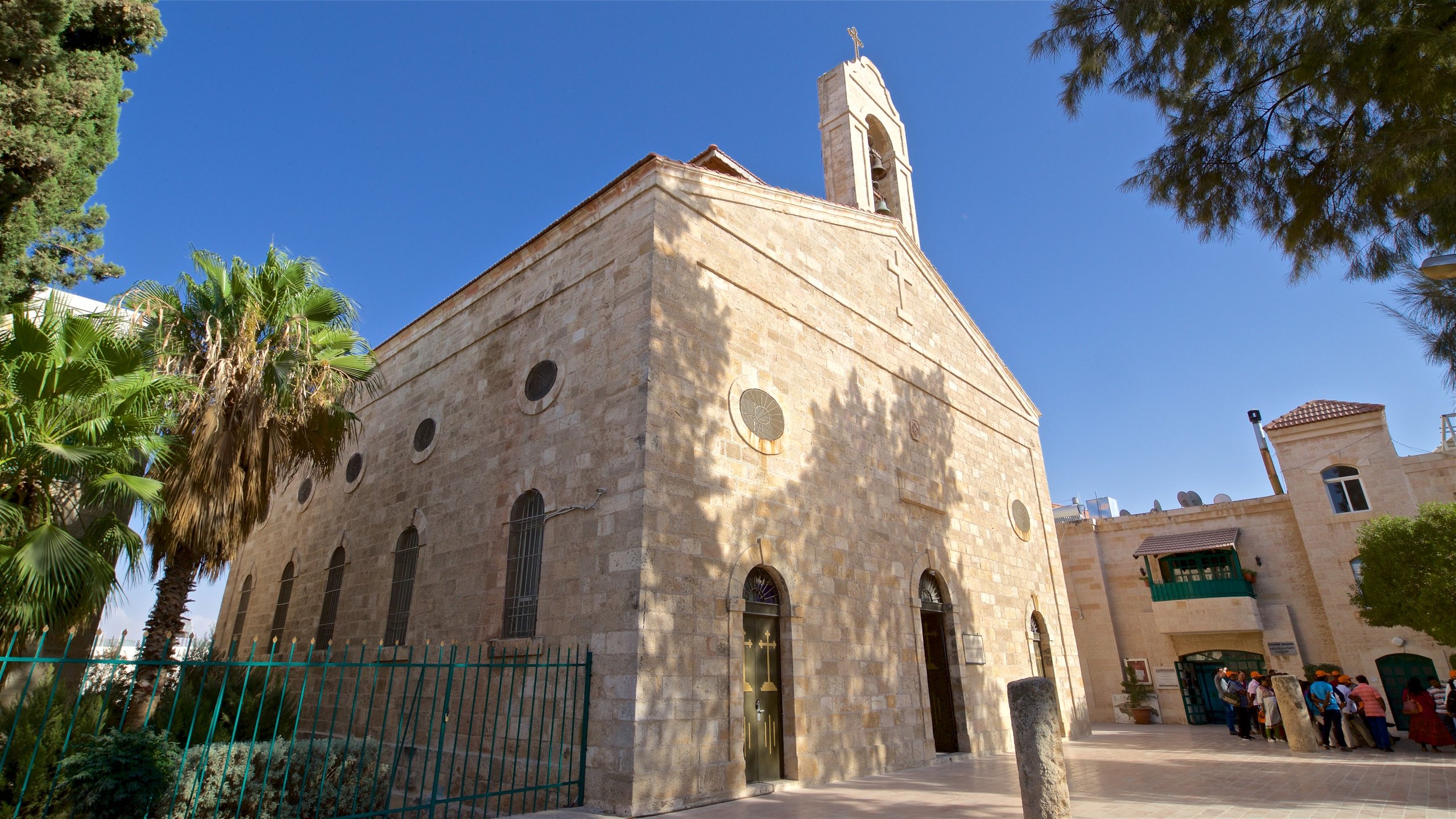
Madaba, known as the “City of Mosaics,” is a charming town in Jordan with a rich history and a significant Christian heritage. It’s famous for its intricate mosaic art, religious sites, and proximity to other attractions in the region. Here are some of the top things to do in Madaba, Jordan:
- Visit St. George’s Church: St. George’s Church is home to the renowned Madaba Map, an ancient mosaic map of the Holy Land dating back to the 6th century. This mosaic is an incredible piece of cartographic and religious history.
- Explore the Archaeological Park: The Madaba Archaeological Park features various excavated sites and remains, including ancient churches, mosaic floors, and architectural remnants. It’s a great place to get a sense of the town’s history.
- Discover the Mosaic Schools: Madaba is known for its skilled mosaic artisans. Visit one of the mosaic schools in town to watch artisans at work and even try your hand at creating a mosaic.
- Madaba Visitors Center: The Madaba Visitors Center provides informative displays and videos about the town’s history, culture, and mosaics, offering a great introduction to the area.
- Church of the Apostles: This charming church features another beautiful mosaic floor and is an excellent example of the intricate mosaic work found throughout Madaba.
- Madaba Institute for Mosaic Art and Restoration (MIMAR): MIMAR is a unique institution that focuses on training locals in mosaic art and restoration. You can visit to see their work and learn about their efforts to preserve this ancient craft.
- Shopping for Mosaics: Madaba is a great place to shop for mosaic art and souvenirs. You’ll find a wide range of mosaic products, from small trinkets to larger pieces for your home.
- Al-Mukhayyat: This area of Madaba is known for its narrow, winding streets and traditional architecture. It’s a pleasant place to take a stroll and explore the local atmosphere.
- Dine on Local Cuisine: Enjoy traditional Jordanian and Middle Eastern dishes at local restaurants and eateries. Don’t miss the opportunity to savor Jordanian mezze and local specialties.
- Day Trips: Madaba is well-situated for day trips to nearby attractions, including Mount Nebo, where Moses is said to have seen the Promised Land, and the Dead Sea, where you can float in the salty waters and experience the healing mud.
Madaba offers a unique blend of history, culture, and art, making it a must-visit destination for travelers interested in Jordan’s rich heritage and mosaic craftsmanship.
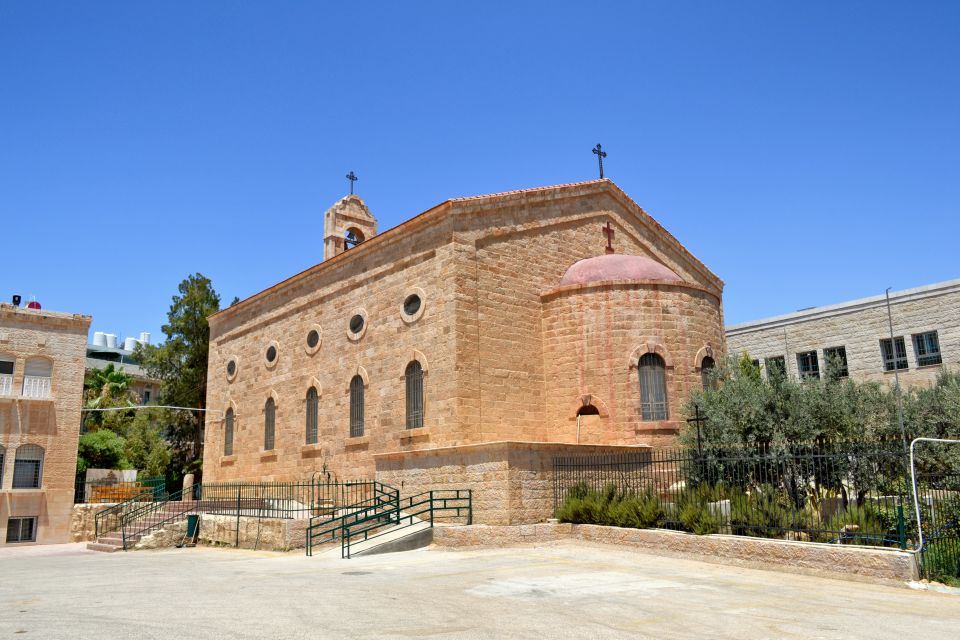
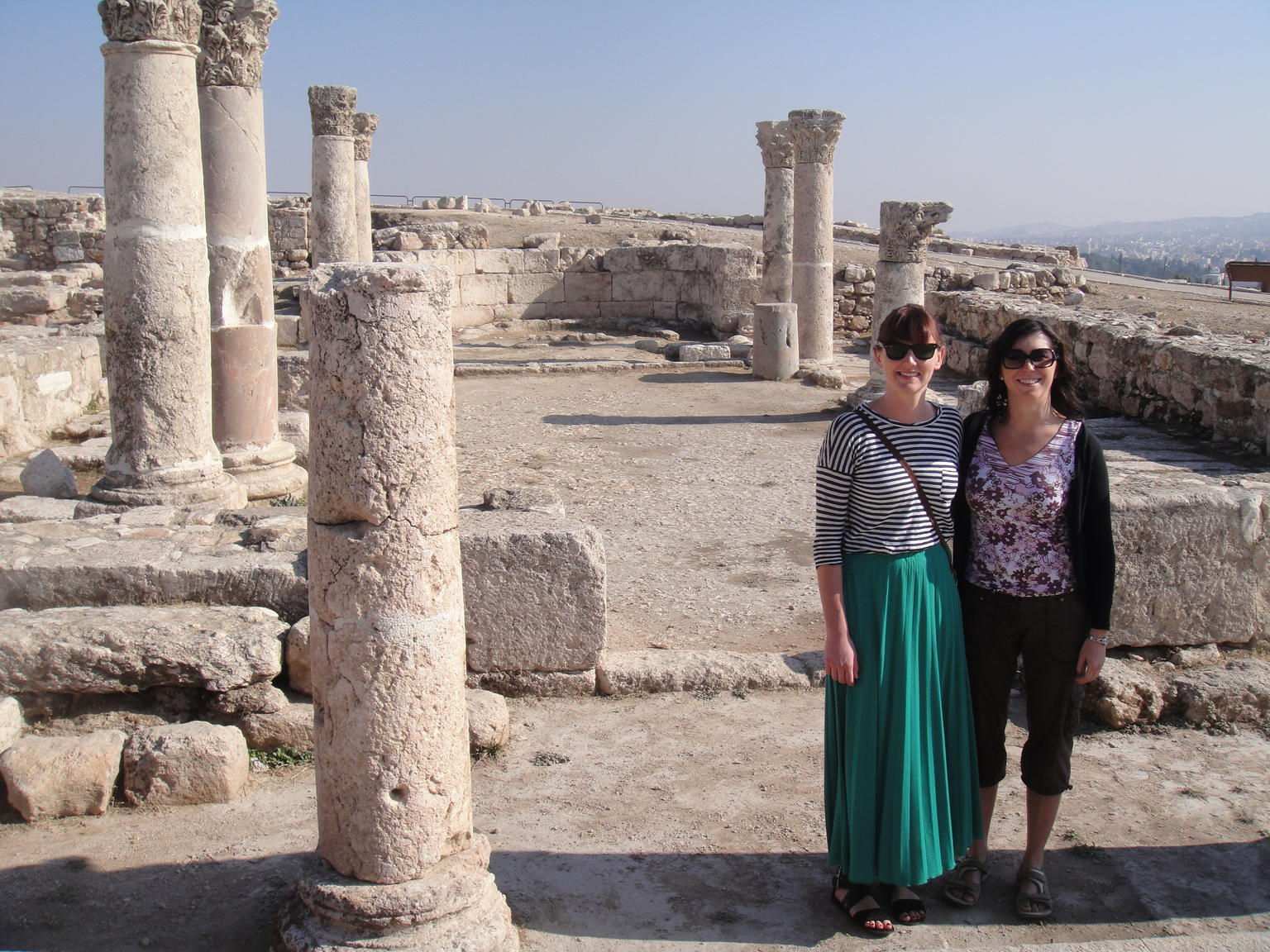
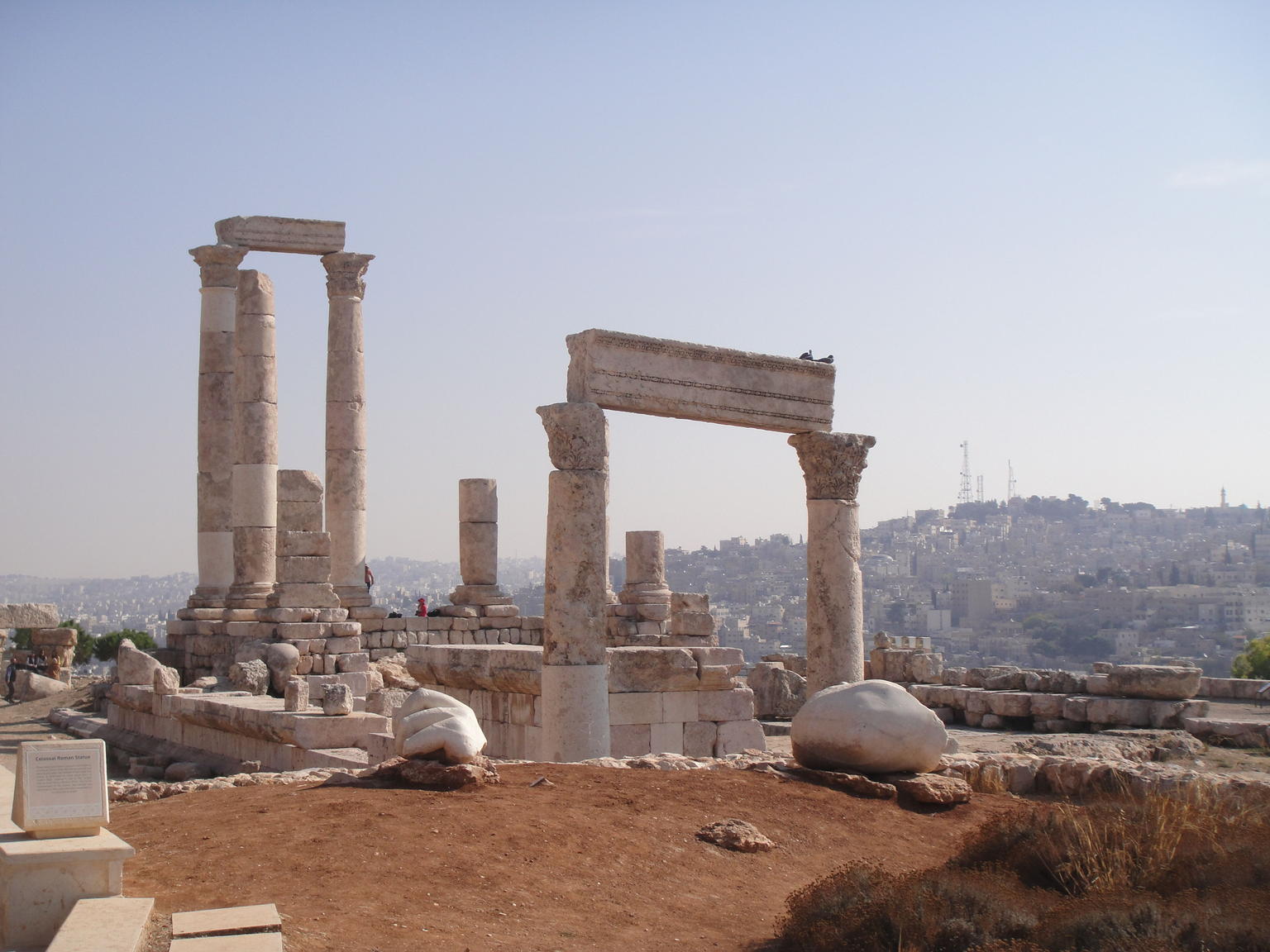
The Desert Castles of Jordan are a series of historical and architectural gems located in the eastern desert of Jordan. These castles and fortresses were constructed during the Umayyad period (7th to 8th centuries) and early Islamic period (8th to 9th centuries). They served various purposes, including as caravan stations, agricultural estates, hunting lodges, and defensive fortifications. Today, they stand as remarkable examples of early Islamic architecture and offer insight into the region’s history and culture. Here are some of the most prominent Desert Castles in Jordan:
- Qasr Amra: Qasr Amra is one of the most famous Desert Castles and is recognized as a UNESCO World Heritage Site. It is renowned for its frescoes and intricate stucco work, which depict a range of scenes, including hunting, music, and bathing. The castle also contains a bathhouse.
- Qasr Kharana: Qasr Kharana is a well-preserved desert castle known for its unique architecture. It features a square-shaped exterior with round towers at each corner. The purpose of this castle remains a subject of debate, with theories ranging from a fortress to a caravanserai.
- Qasr Al-Azraq: Qasr Al-Azraq, also known as the Blue Fortress, is one of the oldest and most strategically significant castles in Jordan. It served as a military fortress and was used by Lawrence of Arabia as a base during World War I. The castle is known for its distinctive blue-black basalt stone construction.
- Qasr Al-Hallabat: Qasr Al-Hallabat is a Umayyad-era castle with an imposing square design and well-preserved walls. It was originally a Roman fort and later transformed into a hunting lodge and agricultural estate by the Umayyad rulers.
- Qasr Al-Mushatta: Although partially ruined, Qasr Al-Mushatta is notable for its intricate decorative carvings and was intended to be one of the grandest of the Umayyad desert castles. Unfortunately, it was never completed.
- Qasr Tuba: Qasr Tuba is a smaller desert castle known for its simplicity and practical design. It is thought to have been a caravanserai or a resting place for travelers and traders.
Visiting the Desert Castles of Jordan provides a unique opportunity to explore the region’s history and early Islamic architecture. These structures, set against the backdrop of the arid desert landscape, offer a glimpse into the past and are an essential part of Jordan’s cultural heritage.
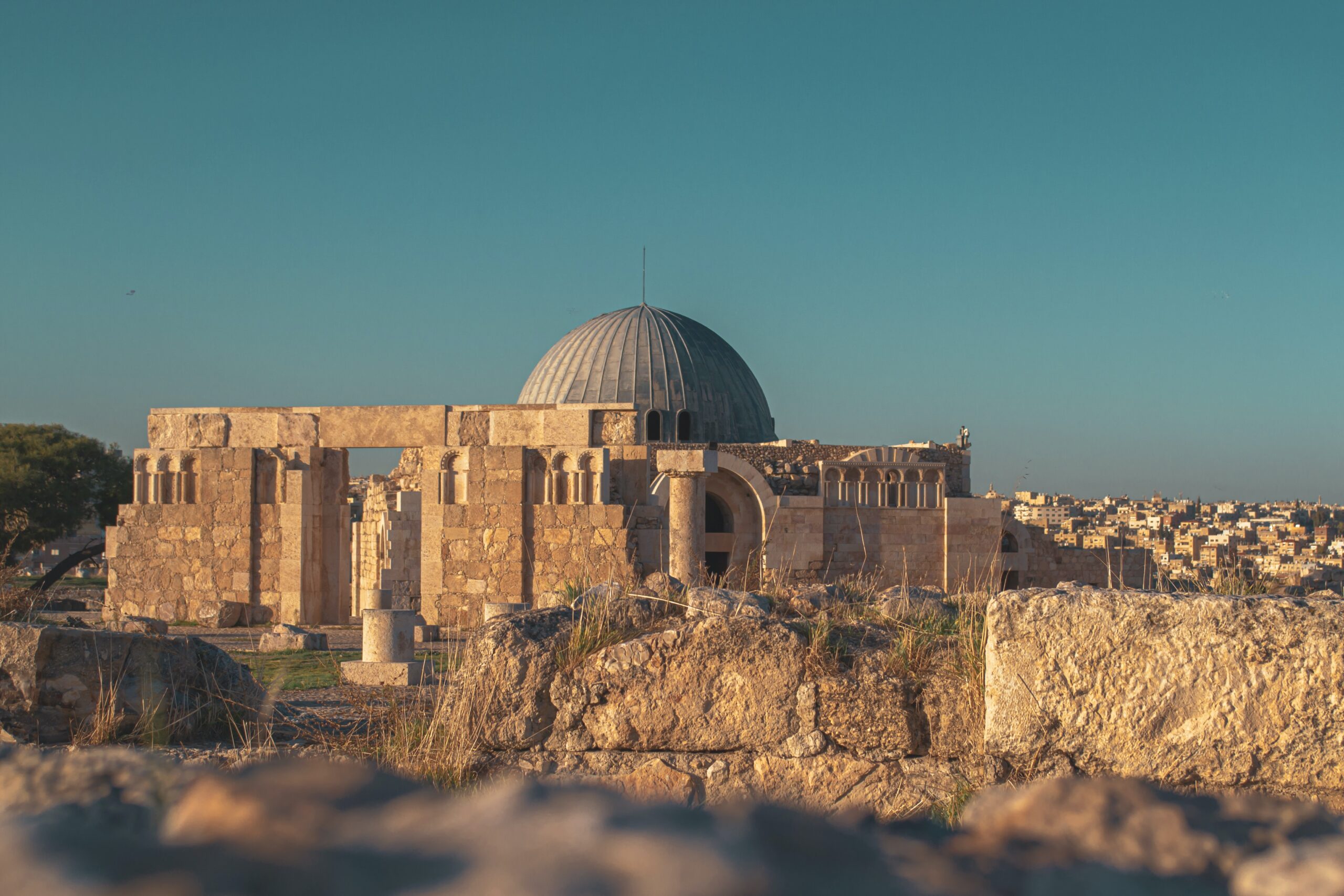
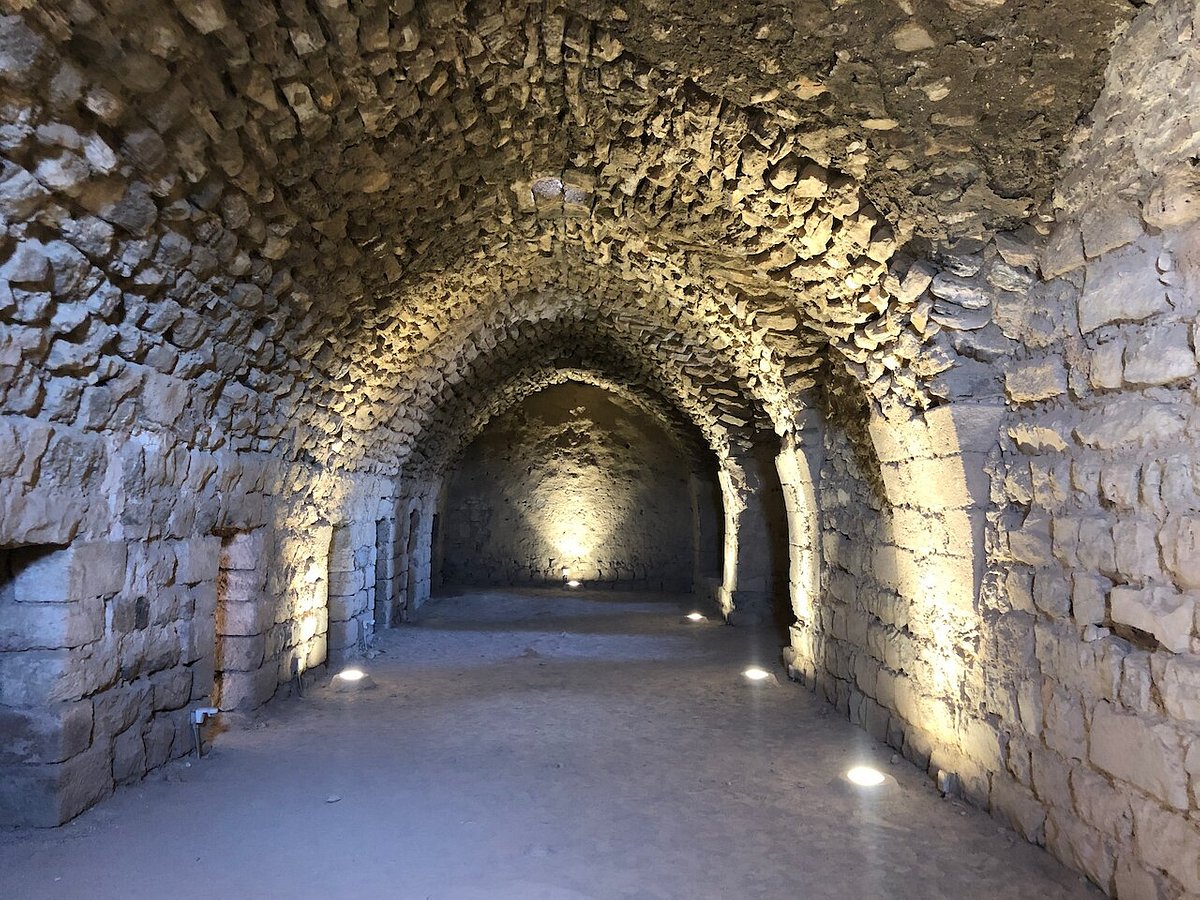
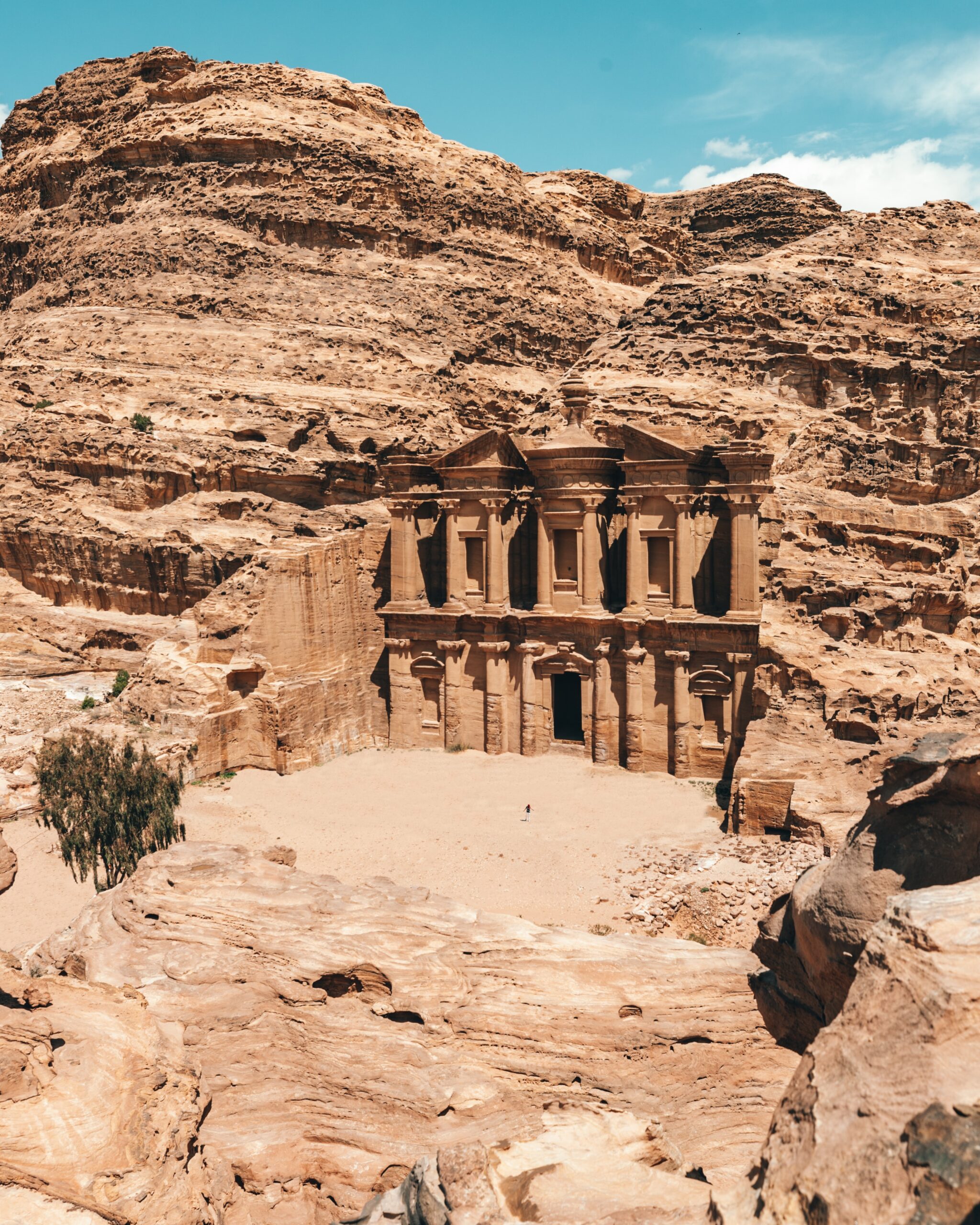
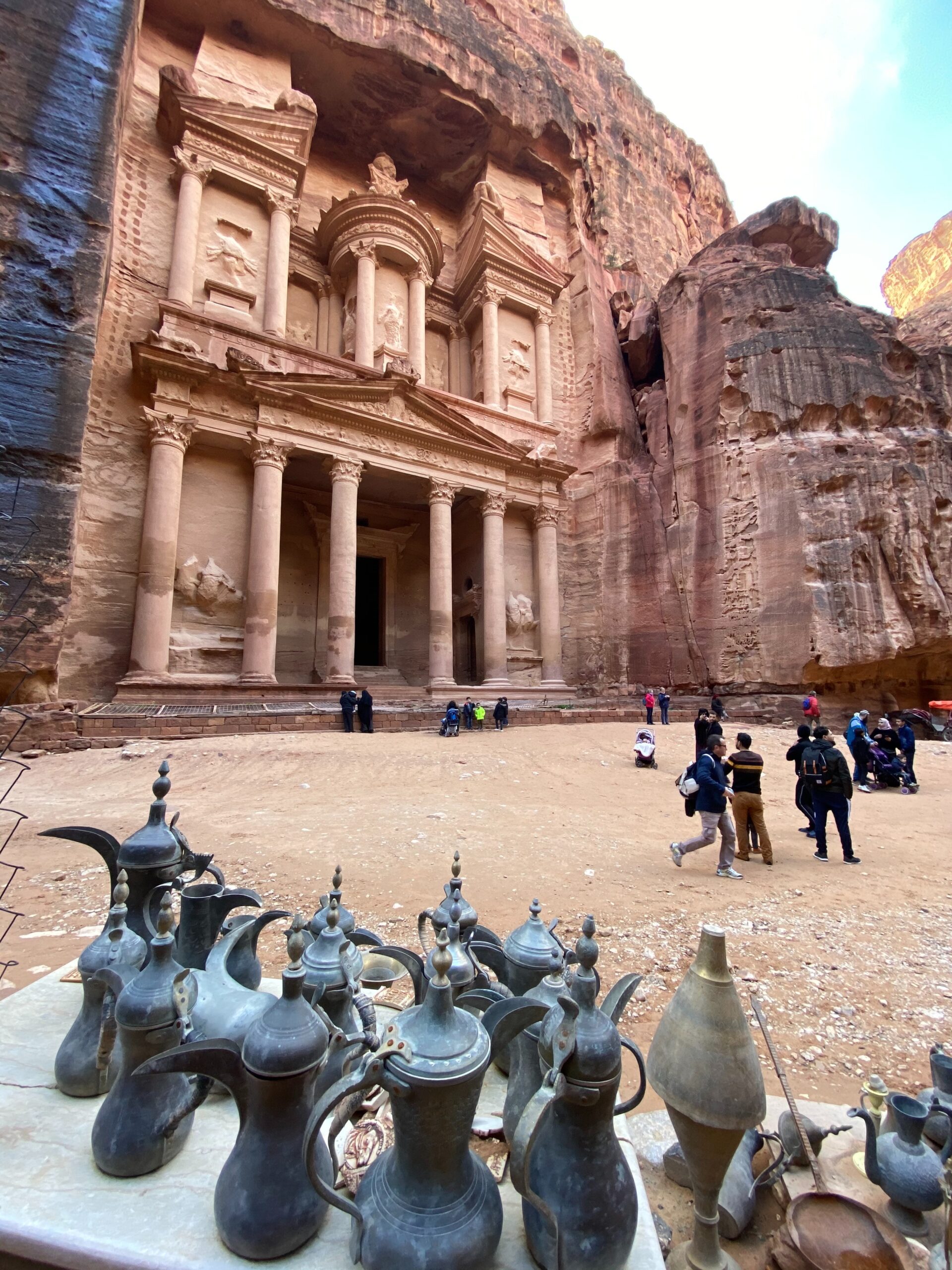
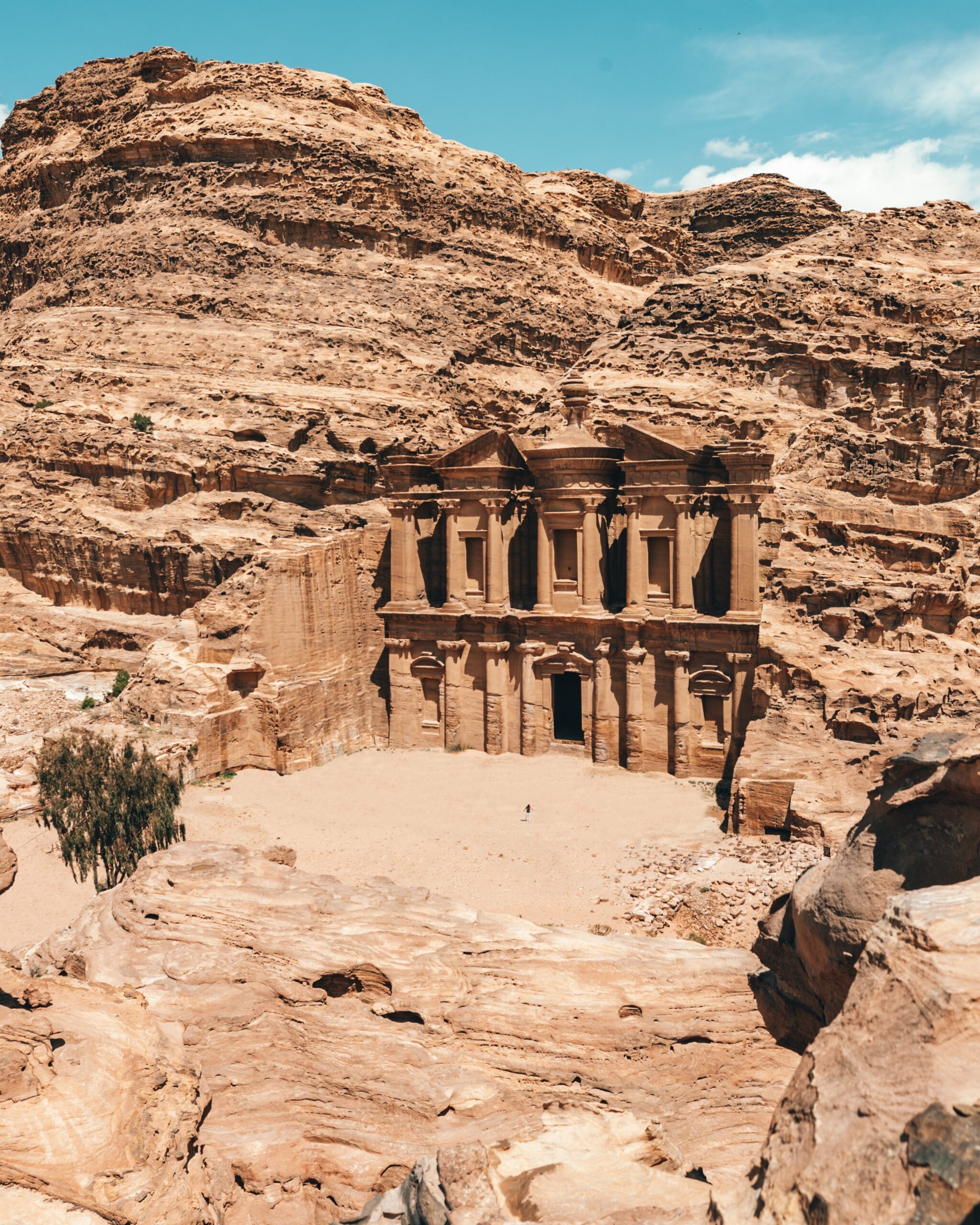

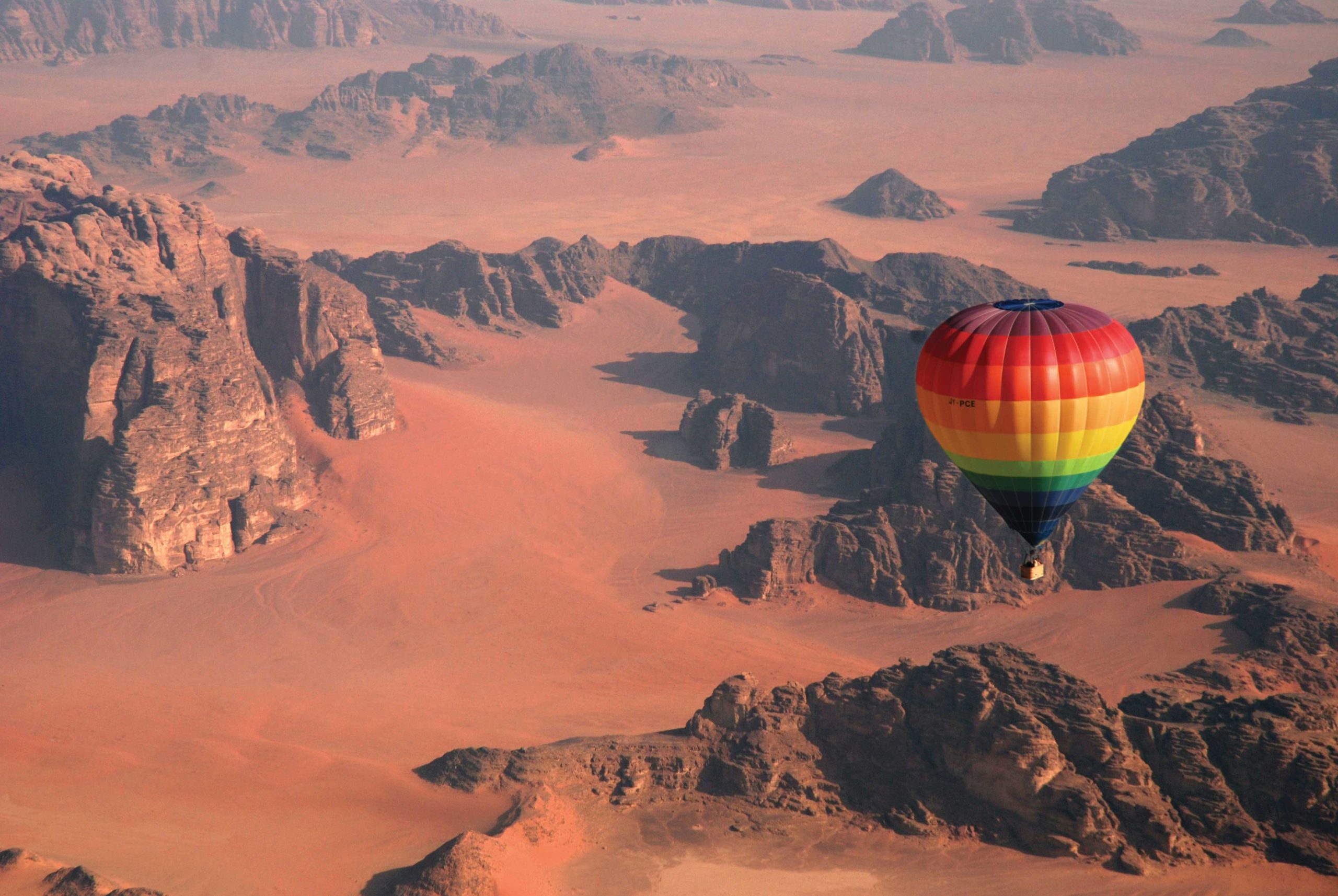
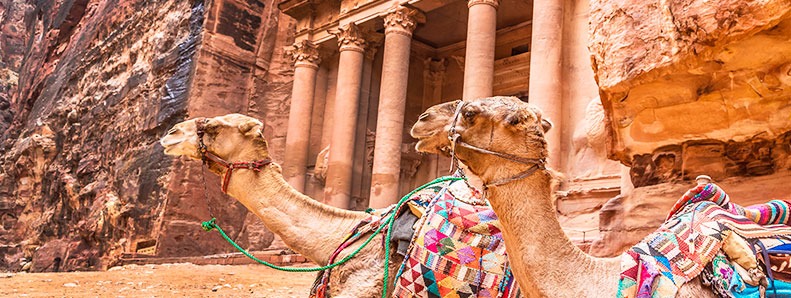

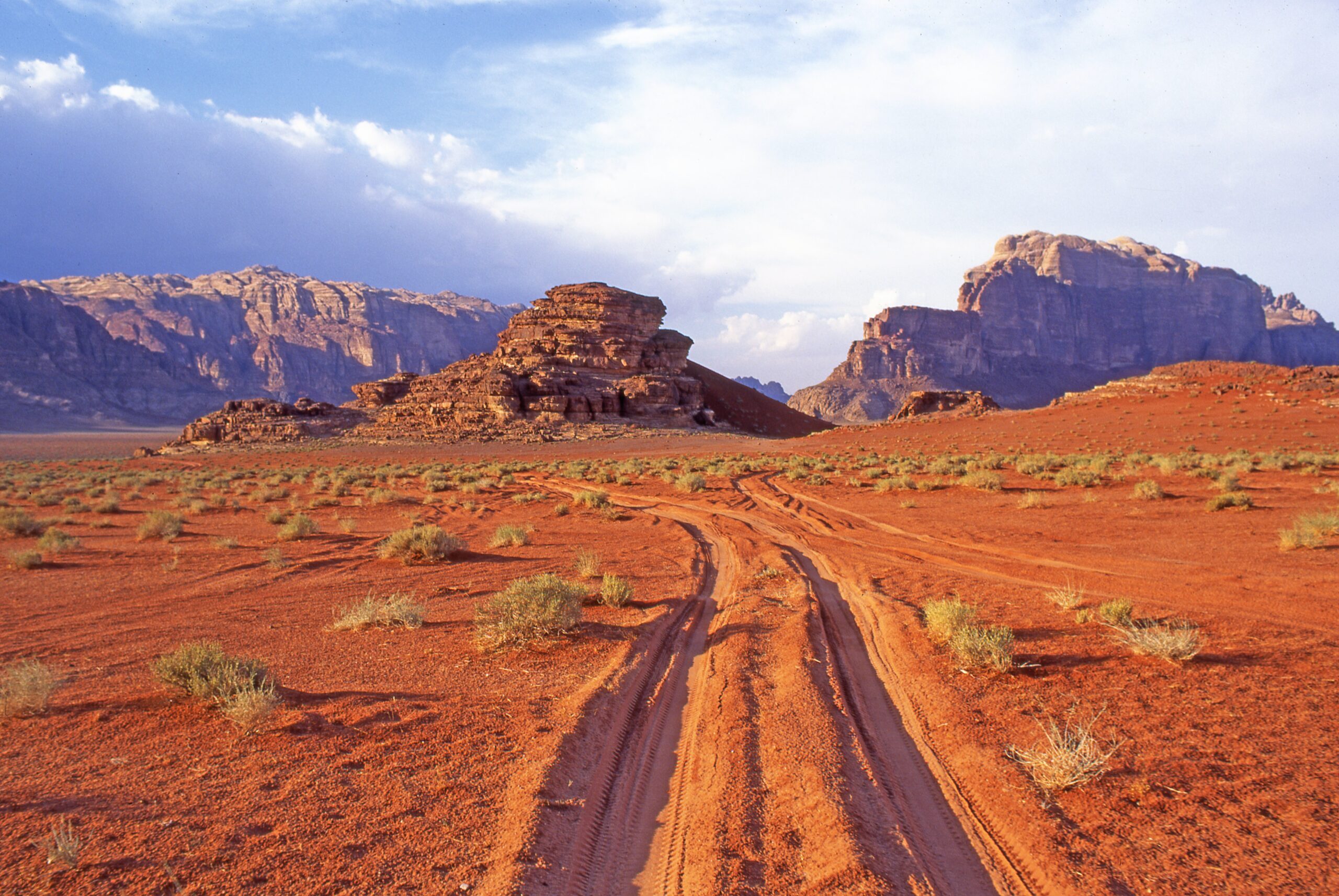
Visiting the Dead Sea, Petra, and Wadi Rum in Jordan offers a unique and unforgettable travel experience for several compelling reasons:
1. Natural Beauty:
- Dead Sea: The Dead Sea is one of the world’s saltiest bodies of water, and its high salinity creates a surreal experience where you can effortlessly float on the surface. The surrounding landscapes are stunning, with desert vistas and dramatic mountains.
- Petra: Petra, often called the Rose City due to the color of its stone, is a UNESCO World Heritage Site that features breathtaking rock-cut architecture. The towering cliffs and intricate carvings make it one of the most visually captivating places on Earth.
- Wadi Rum: Wadi Rum’s vast desert wilderness is known for its unique and otherworldly beauty. The towering sandstone mountains, canyons, and rock formations create a landscape that is unlike any other, making it a favorite among nature enthusiasts and photographers.
2. Historical Significance:
- Dead Sea: The Dead Sea region has historical and biblical significance. It is believed to be the site of several biblical events and is referenced in religious texts.
- Petra: Petra was once the capital of the Nabataean Kingdom and served as a major trading hub. Its rock-cut architecture, including the Treasury and the Monastery, showcases the advanced engineering and craftsmanship of its ancient inhabitants.
- Wadi Rum: Wadi Rum has a history dating back thousands of years and was inhabited by various civilizations. It has also been the backdrop for numerous films, including “Lawrence of Arabia,” adding to its cultural significance.
3. Adventure and Exploration:
- Dead Sea: Floating in the Dead Sea is a unique experience that draws visitors from around the world. The mineral-rich mud found along its shores is believed to have therapeutic properties for the skin.
- Petra: Exploring Petra’s hidden treasures, such as the Siq (canyon), the Treasury, and the Monastery, involves both adventure and historical discovery. There are also hiking trails that take you to viewpoints for stunning vistas.
- Wadi Rum: Wadi Rum is a playground for adventure seekers. You can embark on jeep tours, camel treks, rock climbing, and even hot air balloon rides to explore its breathtaking landscapes and experience the desert’s rugged beauty.
4. Cultural and Educational Insights:
- Dead Sea: Learning about the unique properties of the Dead Sea, its historical significance, and the geological processes that have shaped it can be both educational and enlightening.
- Petra: Visiting Petra provides insights into the ancient Nabataean civilization and their remarkable architectural achievements. Local guides can share stories and historical context.
- Wadi Rum: Wadi Rum allows you to immerse yourself in Bedouin culture. Many tours offer opportunities to interact with the local Bedouin communities, providing a deeper cultural experience.
5. Unique and Memorable Experience:
- Dead Sea: Floating in the Dead Sea, hiking through Petra’s rock-cut city, and exploring the Martian-like landscapes of Wadi Rum are experiences that you’ll remember for a lifetime. These destinations offer a sense of wonder and adventure that is truly one-of-a-kind.
In summary, a visit to the Dead Sea, Petra, and Wadi Rum in Jordan offers a combination of natural beauty, historical significance, adventure, cultural insights, and unique experiences that make it a must-visit destination for travelers.
As one of Jordan’s most trusted tour operators, we strive to maintain a high level of service. As a member of the Jordanian Society of Tourism and Travel Agents (JSTA), we pride ourselves on providing luxurious and relaxing accommodations and the opportunity to experience authentic Middle Eastern culture. We strive to offer travelers an authentic experience that they
will remember, which is why we strive to make accommodations as unique and traditional as possible.
Many of our members offer adventure tours that showcase the beauty and excitement of an adventure holiday in Jordan. The Tetrapylon Jordan DMC team has extensive international experience and has earned the trust of many of the world’s most respected travel organizers providing solutions for group tours, private travelers and special events in Jordan. Jordan MW looks forward to discussing opportunities with you and implementing your programs together in Jordan.
Today, Jordan MW Tours ranks among Jordan’s leading tour operators, offering unforgettable experiences to thousands of travelers every year. Inbound Tourism Petra Tours is one of the leading inbound tourism companies in Jordan, representing major tour companies from Europe, the Far East, the US and Canada. Memphis Tours has the perspective and experience needed to serve any traveler looking to experience the wonders of Jordan as well as the Middle East and North Africa.





